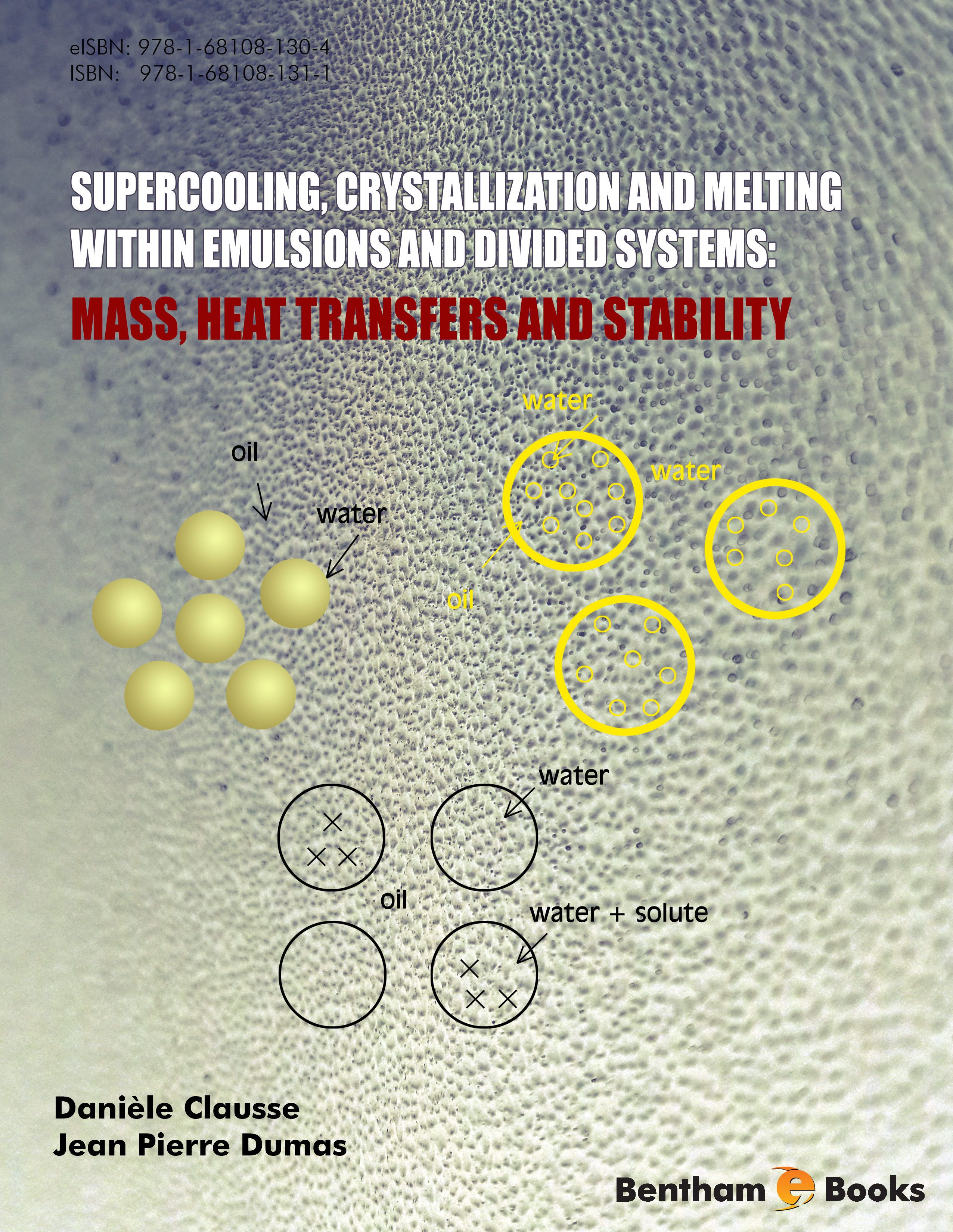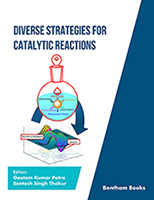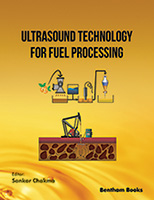Foreword
The excellent book by Professors Emeritus Danièle Clausse and Jean Pierre Dumas is very central for researchers active in the field of processes involving emulsions and confined geometries for which supercooling, crystallization, melting, mass and heat transfers must be well understood and controlled. To illustrate the various applications considered in this book, the topics of emulsion and gas hydrates and processes I have retained, as examples, among other relevant topics dealing with separation processes within liquid membranes system (mixed and multiple emulsions) and energy storage in dispersed or divided systems
I will give a background for why these topics are central in the crude oil exploitation offshore. Gas hydrates are a nightmare for offshore oil and gas production and they normally occur as a problem at low temperatures and elevated pressures. The basic structure is having a gas molecule surrounded by a number of water molecules to form a cage. In this way one can distinguish between two fundamental structures with different water molecules attached to the lattice. However, single cages will not cause a problem but their agglomeration. The agglomeration of many cages can lead to a formation of a large plug that will effectively stop all further transport of the well-fluids in the pipe line. The formation of large gas hydrate plugs is to be accounted for in all development plans of subsea factories or pipe transport over large distances on the sea bed. Flow assurance is per definition a secured way to transport a well-fluid from a production site to a processing site in a pipe-line. The mitigation / remediation awareness in the case of gas hydrates is a central element in the flow assurance planning.
There are several strategies to avoid the formation of gas hydrates. The most obvious and expensive one is to isolate the pipe-lines and in this way to come out of the gas hydrate temperature region, permanently. Other solutions involve the use of chemicals. These can be divided into two main categories, thermodynamic and kinetic inhibitors. The first category involves a set of polar solvents (like methanol, ethanol and glycols) that are mixed with the aqueous phase in concentrations up to 10 to 30 %. Normally in the development of new fields this solution is a generally used one and includes a recycling unit of the solvent. In parallel with thermodynamic inhibitors also kinetic inhibitors are developed. These are molecules that have a direct interaction with the hydrate crystals and prevent the aggregation into large 3-D aggregates. Normally these chemicals are used in concentrations of ppms. The last way to prevent the formation of large aggregates to form is to confine the aqueous phase into smaller volumes and prevent an occurrence of free water.
This can be achieved by using emulsions and especially so water-in-oil emulsions. In these systems the water phase is dispersed in an oil phase with small droplets in the range of some micrometers. The philosophy here is that the gas hydrates can freely form in the aqueous phase but their growth is limited by the geometry of the water domain and the stability of the corresponding w/o emulsions. However the stability of these dispersed systems is a very complex issue and will be the clue to the success of transport of gas hydrates in an emulsified form. A central question will hence be if the formation of gas hydrates will influence the w/o interfacial conditions in a deteriorating way. The book views this problem in a very thorough and convincing way. As it does for other applications thanks to a convincing study of the emulsion and divided system stability linked to supercooling phenomena, melting and crystallization kinetics related to heat and mass transfers.
Johan Sjöblom
Ugelstad Laboratory
Norwegian University of Science
and Technology (NTNU)
TRONDHEIM, Norway





